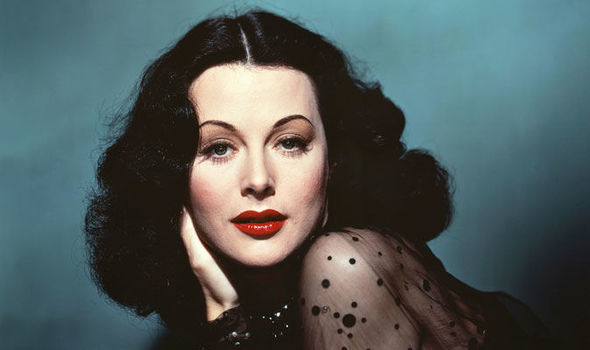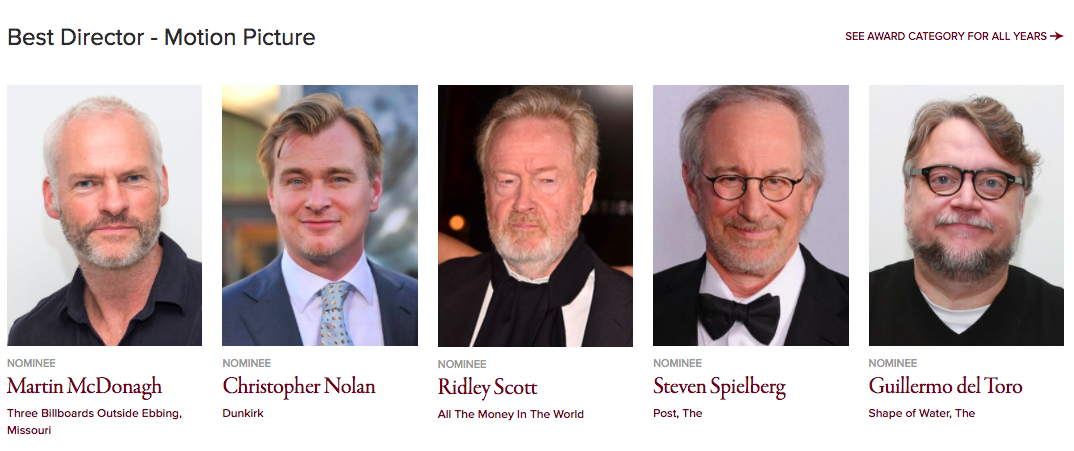Let’s celebrate things going wrong.
Elizabeth Day might not be the voice of our generation (Hannah Horvath can keep that), but she’s certainly the voice of failure. And I mean that in the most complimentary way.
Beginning as a podcast, How To Fail, has expanded into the best selling novel that has launched Day into a household name. Never have success and failure been so fruitfully entwined.
Her podcast, which just reached the end of its fourth season, is a series of interviews with guests who are invited to talk about three self-proclaimed failures in their lives and the impact of those moments. Her first season had some pretty noteworthy guests: Phoebe Waller-Bridge, Olivia Laing, Dolly Alderton, David Nicholls, etc. Perhaps the cynic would question what these very successful people had to contribute on the topic of failure. But of course, our perception of other people’s success can be misleading. There’s a chasm between what success looks like, and how it feels.
Day’s openness and frankness regarding her own ‘failures’ make her a captivating host. She offers up the details of her divorce and her ‘failure’ to have biological children. She speaks about her own misgivings with vulnerability, insight and ownership. She’s seasoned at self-reflection. Without these insights, it wouldn’t surprise me if people accused Day of ‘having it all’. Her podcast does a great job of exposing our myopic assumptions about achievements being an accurate measure of success.
For those of us who partake in social media, we’ve absorbed skills that allow us to self-brand: witty rehearsed remarks on Twitter, or filtered visual highlights on Instagram. We’re practised in marketing our identities. One of the desired key outcomes of this is to be perceived as successful. We’re seasoned architects of our public image. In a society that brazenly values success, the honesty that Day is breeding back into the conversation is rejuvenating. (Ironically, this, of course, has now become her brand, which is carefully crafted and marketed, and therefore perhaps is no longer authentic…And then my brain melts)
What made me want to write about Elizabeth Day is the novella that I just inhaled, Convenience Store Woman by Sayaka Murata. Set in Japan, the protagonist Keiko is 36 years old, has never had a boyfriend and has been working in the same convenience store for 18 years. From a young age, she is aware of her peculiarity and seeks behavioural guidance from her older sister. She mimics speech patterns and assimilates into normalcy for as long as she can. However, as she ages, she finds that the constant pestering about locking down marriage or seeking a more fulfilling career incessant. She attempts to fix the problem by partnering up with some absolute waster, and suddenly she experiences a barrage of relief from those close to her. Gladly, she finds the pull of the convenience store too strong, rejects the route others are projecting onto her and remains true to herself. A single, childless woman on minimal wage might be the success-seekers horror movie, but it’s a blissfully satisfying end.
The book made me think about who we allow to talk about failure. Had it been from any other character’s perspective, we’d view Keiko as having failed. Keiko feels like a failure for most of her life, and it’s only when she leans into being the person she wants to be, rather than what makes other people comfortable, does she feel any semblance of success. On an intimate, small scale human way, we can feel happy for Keiko.
Why is it so palatable for us to hear about failure from Elizabeth Day and her guests? She is an expert guide through the minefield of failure, but she sits comfortably within a group I would consider conventionally successful. The basic framework of the first season of How To Fail is a really successful person being asked about hardships they’ve faced on the way to becoming really successful. It’s a conversation about failure sandwiched between success. Would it be too devastating to hear about failure from someone whose failures were harder to compartmentalise into three distinct moments? What if failure was a larger player?
The really interesting thing about what Day’s podcast uncovers is that the deeper she digs, we realise that many of the interviewees haven’t necessarily overcome their failures. They co-habit with them and have grown to acknowledge the on-going role they play in their lives.
We all share that feeling of failure, regardless of how successful we are perceived as being (Except maybe Sebastion Faulks, who proves allergic to the idea of having failed at anything. ever.) The homogenous idea of success needs to be dismantled. We can’t ever know what success feels like to someone else. Certainly, for me, individual achievements might offer a temporary feeling of elation, but the important thing is the contribution to overall contentment. Striving hard for something, and that something paying off, feels good. But a string of successes isn’t enough to make you happy. And, sometimes it doesn’t feel quite as good as you thought it would, or it doesn’t really feel like anything at all.
If we’re unable to predict our own measure of success given how unpredictable our internal responses are, can we ever take an accurate read of someone else’s success?
Surely then, if we just do what we actually want to do, and what makes us feel good, we’d be a lot happier and therefore have genuine success. But we’ve made it quite hard for ourselves. We’ve spent all this energy self-branding, and thinking about who we want to be, and making assumptions about what would make us happy. How do we know if any of that is real? We look for others for guidance, but surely they’ve been doing the same misguided dance we’ve been doing?
That being said, Elizabeth has positioned herself as an advocate for failure and believes that learning how to fail will make us succeed better. We might just need to revise what success means on an individual level.












